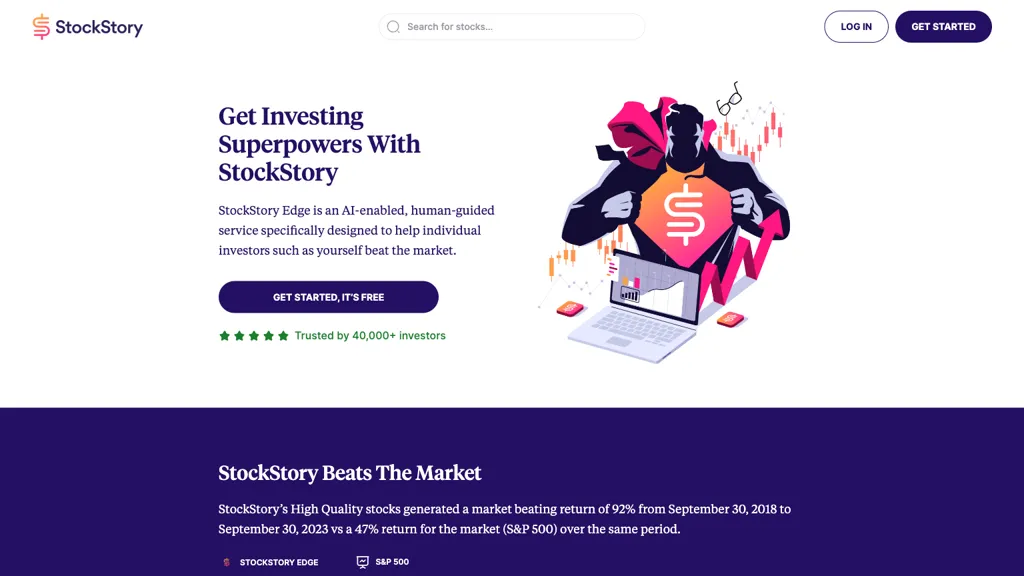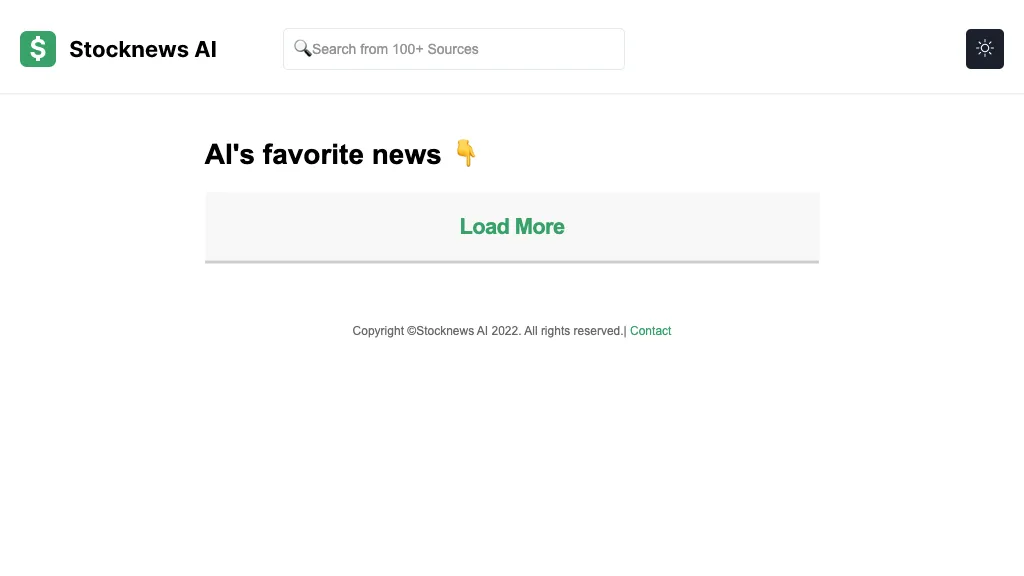20 Best Advice To Selecting AI Stock Trading Platform Websites
20 Best Advice To Selecting AI Stock Trading Platform Websites
Blog Article
Top 10 Tips For Evaluating The Security And Privacy In Ai Trading Platforms That Predict Stocks Or Analyze Trades.
When using AI-based trading platforms that predict and analyze the price of stock privacy and security are crucial. These platforms usually handle sensitive financial and personal data. An attack or mishandled data can result in a significant financial loss as well as reputational damage. Here are the top ten tips to help you understand the security and privacy features of these platforms.
1. Examine Data Encryption
Secure transmission of data: Make sure your platform is using secure protocols (e.g., TLS/SSL) to encrypt data transmitted between your device and their servers.
Security at rest: Confirm that sensitive data stored on the platform's servers is encrypted with encryption standards that are strong (e.g., AES-256).
End-to-end encrypted communication: Make sure the platform you are using offers encryption that is end-to-end to protect any sensitive data.
2. Review the Authentication Mechanisms
Two-factor authentication (copyright): Make sure that the platform you are using supports this in order to provide additional security.
Biometric authentication: Determine if the platform allows biometric login methods (e.g., fingerprint or facial recognition) for mobile applications.
Password policy: You should find out if your provider has strict guidelines on passwords.
3. Verify Compliance with the Regulations
Financial regulations: Ensure compliance with the relevant financial regulations (e.g. SEC FINRA MiFID II).
Data protection laws: Verify the compliance of privacy laws (e.g. GDPR, CCPA), if you're doing business with regions covered by these laws.
Audit certifications: Determine if the platform has undergone audits of security by third parties or has certificates (e.g., SOC 2, ISO 27001).
Review Data Access Controls
Role-based Access: Ensure that your platform uses role-based controls (RBAC) to restrict access to data only to authorized users.
Check if you are able to create different levels of permission for users or teams.
Activity monitoring: Find out if the platform monitors and records user behavior for suspicious behaviour.
5. Examine the vulnerability management
Regular updates: Ensure that your platform is updated regularly its software to address security holes.
Penetration test: Make sure that your system is regularly inspected to identify and correct any security flaws.
Programs for bug bounty: Check whether there is a bug bounty program that is available to encourage security researchers from outside to share security vulnerabilities.
6. Evaluate Data Privacy Policies
Transparency Check out the privacy policies to understand the ways in which your personal data is collected and used or shared.
Data minimization: Make sure the platform only collects information necessary to its functionality.
Data sharing with third parties: Verify whether the platform is prepared to share your information with a third party, and, if you are, how.
7. Secure API usage can be detected
API security. Make sure APIs are secured authentication techniques (e.g. OAuth keys, API keys), and that data is protected.
Rate limit - Check that the API has limits on rate to stop abuses or attack with brute force.
Check the access logs to determine if they're being monitored and audited for compliance.
8. Review Incident Response, Recovery
Plans for incident response: Ensure whether the platform you're using has a clearly defined incident response plans. The plan should include the handling of data and security breaches.
Examine the platform's policies on notification to determine if it informs users in a timely manner when there's a breach of security.
Backups of data: Make sure that the platform is backed up with its data frequently and has an emergency recovery plan.
9. Examine the security measures for physical security
Data center Security: Make sure that servers are located in secure data centers, with physical security measures (e.g. monitoring, access control).
Redundancy - Verify that the platform is equipped with redundant systems in order to ensure data availability if hardware fails.
Geographic distribution: Determine if data is distributed over multiple geographical locations to increase the protection.
10. Check privacy controls on users
Data deletion. Make sure you can erase all data permanently from the platform when you stop utilizing the service.
Privacy settings: Check whether your platform has privacy settings that control the information that is publicly shared or made available.
Check to see if anonymization is applied to the data used for analytics or machine learning.
Bonus Tips
Feedback and reviews from users: Use reviews and feedback to determine the platform's reputation in terms of security and privacy.
Trial period for free: Experience the platform's privacy controls and security features with the demonstration.
Customer support: Make sure your platform provides a robust support to customers with security concerns or problems.
These tips will assist you in evaluating the privacy and security features of AI platform for predicting and analyzing stocks. This will ensure that your financial and personal data is safe. Secure trading platforms are not just a means to safeguard your assets, but it also aids in building trust and confidence. Have a look at the most popular ai stock trading bot free for more info including ai stocks, ai investment platform, using ai to trade stocks, ai investment platform, chart ai trading assistant, ai stock market, best ai for trading, best ai trading app, ai investing platform, stock ai and more.
Top 10 Tips To Evaluate The Updates And Maintenance Of Ai Stock Predicting/Analyzing Trading Platforms
It is crucial to evaluate the updates and maintenance practices of AI-driven trading and stock prediction platforms. This will guarantee that they are secure and are in sync with the changing market conditions. Here are 10 suggestions for evaluating their updating and maintenance methods.
1. Updates Frequency
Tip: Determine the frequency of updates to your platform (e.g. monthly, quarterly weekly, quarterly).
Why? Regular updates demonstrate an active and receptiveness to market changes.
2. Transparency and Release Notes
Read the release notes on your platform in order to find out what improvements and changes have been made.
Transparent release notes show that the platform is dedicated to continuous improvement.
3. AI Model Retraining Schedule
Tip - Ask how often AI models are retrained on new data.
Since markets are constantly changing It is crucial to update models in order to keep them accurate and relevant.
4. Bug Fixes & Issue Resolution
Tips: Find out how quickly the platform responds to problems or bugs users report.
Reason: Rapid bug fixes ensure the platform's reliability and operational.
5. Security Updates
Tips: Make sure that the platform is regularly updating its security protocols to secure the user's data and trade activity.
The reason: Cybersecurity plays a critical role in financial platforms. It aids in safeguarding against fraud and breaches.
6. Incorporating New Features
Tips: Find out whether the platform is introducing new functions (e.g., advanced analytics, new data sources) based on user feedback or market trend.
What's the reason? Features updates show creativity, responsiveness to the needs of users and creativity.
7. Backward Compatibility
Tips: Make sure that the update does not cause any major disruptions to existing functionality or require significant reconfiguration.
Why: Backward compatibility makes it easy to smooth transition.
8. User Communication during Maintenance
It is possible to evaluate the transmission of maintenance schedules or downtimes to users.
The reason: Clear communication reduces interruptions and helps build confidence.
9. Performance Monitoring and Optimization
Examine if your platform is continuously monitoring performance metrics, like accuracy and latency and is constantly optimizing its systems.
What's the reason? Continuous improvement ensures that the platform is efficient and scalable.
10. Conformity to Regulatory Changes
TIP: Check whether the platform has new options or policies that conform with regulations governing financial transactions and data privacy laws.
Why: Conformity with the regulatory requirements is essential to ensure the trust of users and to avoid legal risks.
Bonus Tip: Integration of feedback from users
Check to see if the platform incorporates feedback from users into its update and maintenance processes. This indicates a strategy that is based on user feedback and a commitment to improving.
You can evaluate these aspects to ensure that you are choosing a platform for AI stock predictions and trading that is up to date, well-maintained and capable of adapting to the ever-changing dynamics of the market. Read the recommended trading ai tool hints for site tips including ai software stocks, ai copyright signals, best ai stocks to buy now, best ai for stock trading, ai tools for trading, ai in stock market, ai stock investing, best ai stocks to buy now, how to use ai for copyright trading, ai stock predictions and more.